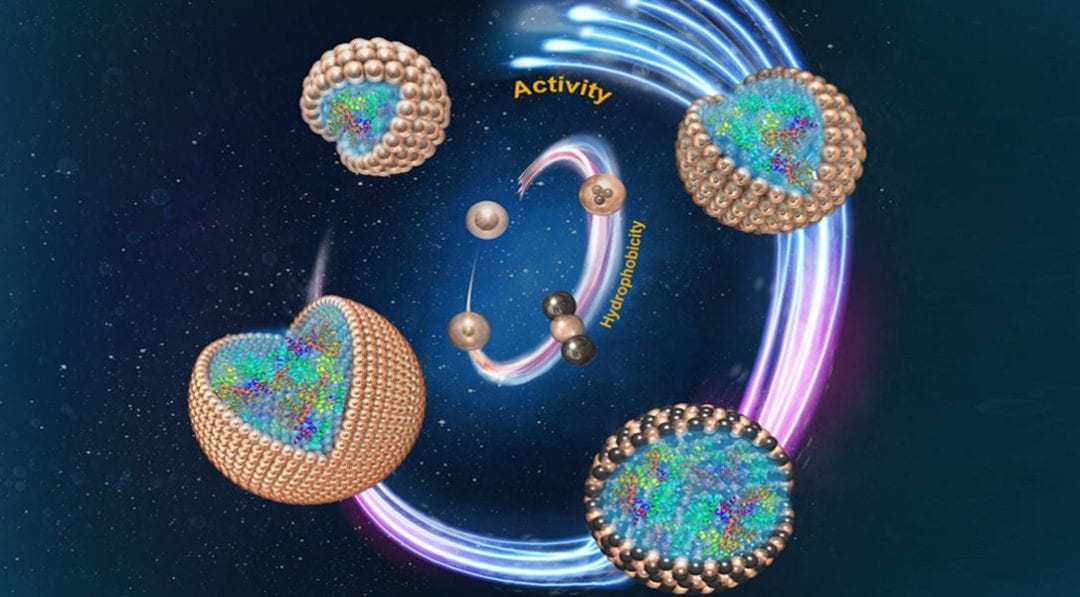

With increasing the temperature higher than the VPTT, the PNIPAM microgels shrink and aggregate at the O/W interfaces, which expose the initially microgel-covered droplet surface for destabilization. Oil-in-water (O/W) emulsion droplets with distinct contents are periodically generated in the microfluidic device at temperatures below the volume phase transition temperature (VPTT) of PNIPAM microgels, thus the droplet surfaces are densely packed with hydrophilic and swollen PNIPAM microgels as stabilizers. drug delivery, multiphase catalysts and surface science, etc.This paper reports on the continuous thermo-triggered one-to-one coalescence of controllable Pickering emulsion droplet pairs in microchannels, with thermo-responsive poly( N-isopropylacrylamide) (PNIPAM) microgels for stabilizing and destabilizing the droplet surface. The new emulsification system with stimuli-responsive properties will show a great perspective in many applications e.g. High temperature will benefit to the stability of the Pickering emulsion due to the increased hydrophobic aggregation of the emulsifier particles. Although SiO 2-PDMAEMA particles exhibit an obvious thermo-responsive behavior in aqueous suspensions with a lower critical solution temperature (LCST, 51℃), the Pickering emulsion system don't show significant thermo-responsive behavior. Zeta potential of SiO 2-PDMAEMA particles in aqueous dispersions show an isoelectric point (pI) about 9, indicating the deprotonation of the amino group of PDMAEMA when pH>9. The obtained Pickering emulsion is sensitive to pH and de-emulsification occurred at lower pH and emulsification is recovered by increasing pH. As a result, SiO 2-PDMAEMA particles can stabilize the hexane-water biphasic system and form stable Pickering emulsions at room temperature. Due to such thermo/pH dual-responsive property of PDMAEMA, the hydrophilic-hydrophobic surface property of SiO 2-PDMAEMA emulsifier can be easily modified. Under low pH condition and/or at low temperature, the polymer becomes more hydrophilic due to the protonation of the amino groups and the hydrogen bonding between the amino groups and water molecules. Because of the tertiary amino groups at the end of the polymer chain and the hydrophobic alkyl backbone, PDMAEMA has pH and thermal responsive properties. In this work, poly(2-(dimethylamino)ethyl methacrylate) (PDMAEMA) was used to modify the silica particles to make the responsive emulsifier (SiO 2-PDMAEMA) as well as responsive Pickering emulsions. Stimuli-responsive Pickering emulsions can be prepared by stimuli-responsive particles possessing tunable surface properties and surface wettability, which in turn alter their position at the two-phase interfaces. Recently, Pickering emulsions with stimuli-responsive properties have attracted increasing attention because of excellent and unique properties in controlled stabilization and destabilization. Pickering emulsions have been used in a variety of industries including petroleum, food, biomedicine, pharmaceuticals, and cosmetics due to their significant advantages such as stability, compatibility, toxicity-free and low cost over traditional surfactant stabilized emulsions.


 0 kommentar(er)
0 kommentar(er)
